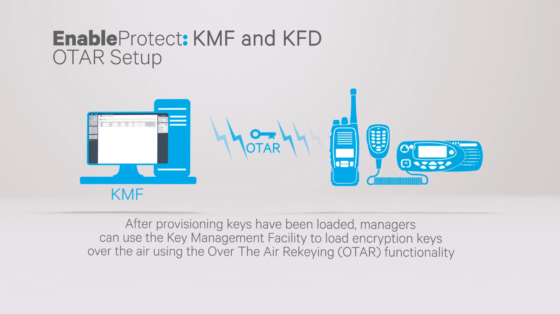Introduction to Broadband and Convergence
How to Choose the Right Communication Bearers
Pros and Cons of Land Mobile Radio (LMR)
For decades, land mobile radio (aka two-way radio), which operates in licensed frequencies, has been the mainstay of mobile critical communications. Used by millions worldwide in countless different conditions, constantly tested and refined, it has been the yardstick of success for critical communications, particularly in Public Safety.
From the start, LMR was geared towards voice communications. As a result, it has all the voice services that critical communications users expect including individual, group, and broadcast calls, emergency calls, various types of call prioritization, call pre-emption, simplex and so forth.

To make a call, a user presses a push to talk (PTT) button, speaks, and then releases the button to put the radio into receive mode. This type of operation is considered essential for critical communications. In dangerous or high-pressure situations, you don’t have time to look down at your phone, unlock it, find the right app, look up the right contact, and then make the call. You want to be connected as quickly and simply as possible.
LMR equipment has some of the best coverage of any wireless communications technology, with very large cell sizes, measured in tens of miles or kilometers. This coverage can be extended using a network of tall, high-power towers so that radio systems can be created to cover cities, states, and even whole nations.

However, that excellent coverage also has a cost: high-power mobile radios need lots of power and consequently are fitted with big batteries. That is why 5W police portables with an 11 hour 5/5/90 duty cycle look as big as they do. It takes more battery power to go broadcast far distances for longer periods of time.
Modern LMR technologies such as DMR, P25, TETRA, and NXDN are all open standard and, being digital, can operate over standard IP networks. It also enables LMR to carry a certain amount of data in addition to voice.
LMR communications have an outstanding reputation for reliability based on the ruggedness of LMR equipment and on the numerous failsafe options built into LMR radios and networks.
And through its close association with public safety, security options have been developed for LMR systems, including military grade encryption of all voice and data transmissions.

On the downside LMR is an inefficient user of scarce radio spectrum, so professional organizations sometimes struggle to find available frequencies. One consequence is that spectrum authorities have reduced LMR bandwidth in order to squeeze more users into limited spectrum. As a result, data transmission has suffered.
LMR can only offer low capacity data in its limited bandwidth, which is okay for short text-oriented data services but rules out high bandwidth data applications such as streaming video. It comes as no surprise, then, that LMR users have looked for another bearer to access broadband data.
For more on LMR, make sure you check out our Basic Radio Awareness course.
 Radio Academy
Radio Academy




